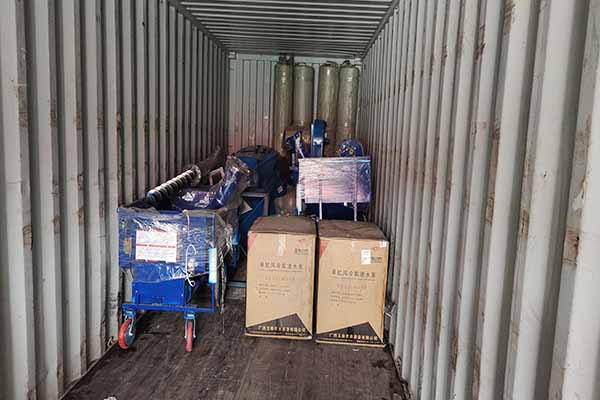Broiler Breeder Cages: The Evolution and Importance in Hen Houses
Time : 2025-07-03
Broiler breeder cages have become an integral part of modern poultry farming, especially in the production of hen houses and battery cages. This article delves into the evolution of broiler breeder cages, their role in hen houses, and the technical aspects that make them a crucial component of the poultry industry.
Introduction to Broiler Breeder Cages
Broiler breeder cages are designed specifically for hens that are bred for the production of meat chickens. These cages are engineered to optimize the breeding process, ensuring the health, comfort, and productivity of the hens. The evolution of these cages has been driven by the need for increased efficiency, better biosecurity, and enhanced hen welfare.
Evolution of Broiler Breeder Cages
Early Designs
In the past, broiler breeder cages were simple and lacked advanced features. They were typically made of metal wire and consisted of a floor and a roof. The hens were kept in these cages without much consideration for their comfort or space.
Modern Cages
Today, broiler breeder cages have evolved significantly. They now include a variety of features such as automatic feeding systems, water dispensers, and temperature controls. These modern cages are designed to create an environment that is conducive to the hens’ health and well-being.
The Role of Broiler Breeder Cages in Hen Houses
Hen houses equipped with broiler breeder cages provide a controlled environment that supports the hens’ reproductive cycle. Here are some key roles of these cages within a hen house:
Enhanced Reproductive Efficiency
Broiler breeder cages are designed to promote optimal laying and breeding conditions. The layout and design of these cages ensure that hens have access to nesting areas, perching spots, and feeding and watering facilities, all of which contribute to increased reproductive efficiency.
Improved Biosecurity
Modern broiler breeder cages are built with biosecurity in mind. They help prevent the spread of diseases by isolating the hens and limiting their contact with external contaminants. This is particularly important in commercial poultry farming, where disease outbreaks can have devastating economic consequences.
Enhanced Hen Welfare
The comfort and welfare of the hens are paramount in modern poultry farming. Broiler breeder cages are designed to provide a comfortable living space that allows the hens to exhibit natural behaviors, such as roosting and nesting, without compromising their health.
Technical Aspects of Broiler Breeder Cages
Materials
The materials used in the construction of broiler breeder cages are crucial for their durability and ease of cleaning. Stainless steel is a common choice due to its resistance to corrosion and ease of maintenance.
Design Features
The design of broiler breeder cages includes several features that enhance their functionality:
– Nesting Boxes: These provide a safe and private area for hens to lay their eggs.
– Roosting Bars: These allow hens to perch and sleep in a natural manner.
– Feeding and Watering Systems: Automatic feeding and watering systems ensure that hens receive a consistent and balanced diet.
– Temperature Control: The cages are equipped with temperature controls to maintain optimal conditions for the hens.
Automation
Automation is a key component of modern broiler breeder cages. Automated systems can manage feeding, watering, and environmental controls, reducing the need for manual labor and increasing efficiency.
Conclusion
Broiler breeder cages have revolutionized the poultry industry, offering a combination of efficiency, biosecurity, and hen welfare. As hen houses and battery cages continue to evolve, the importance of well-designed broiler breeder cages will only grow. Poultry farmers must stay informed about the latest developments in cage technology to ensure they are providing the best possible environment for their hens.
Tags












